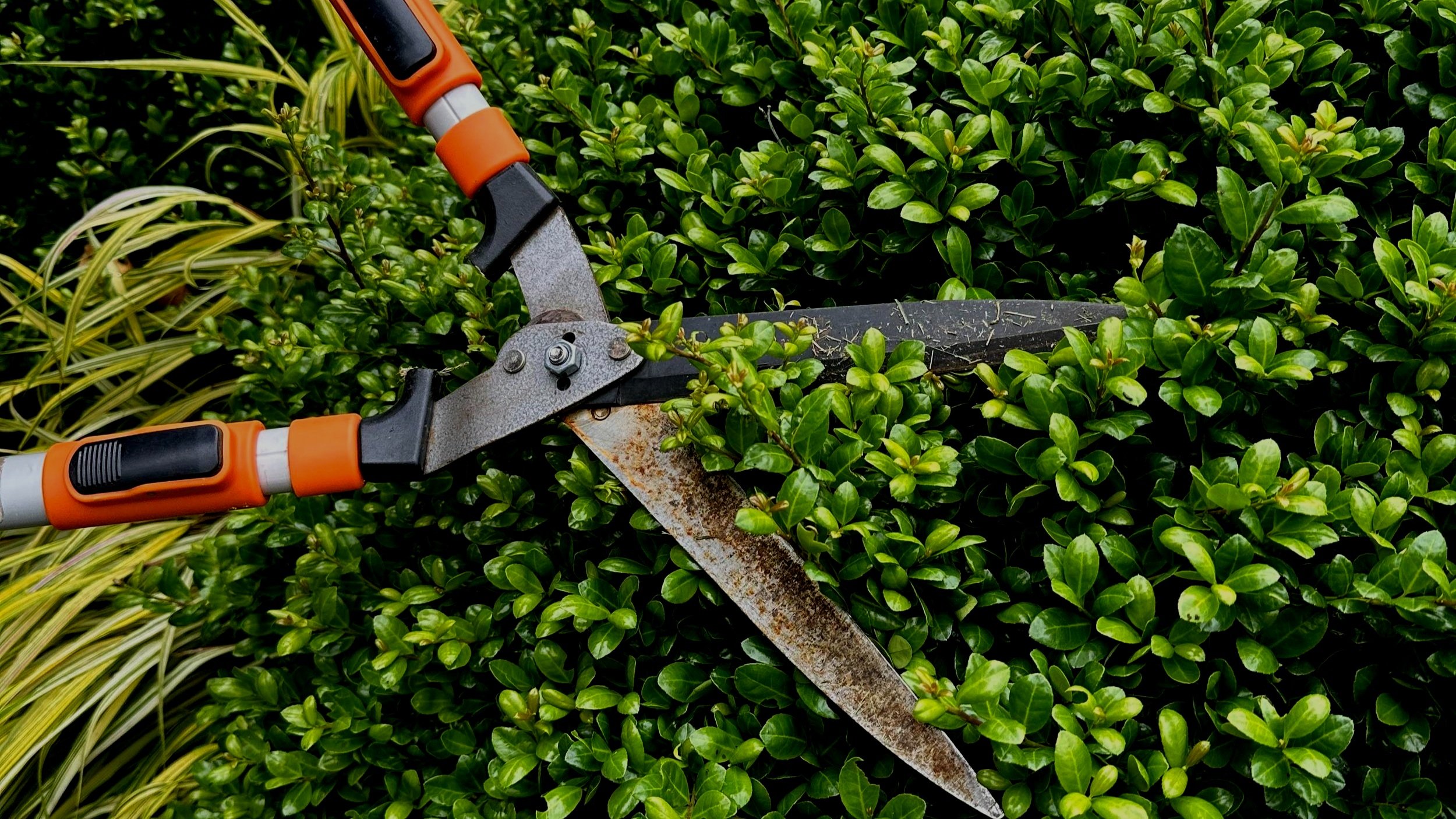Common names for plants can often create confusion, especially among botanical nerds like myself. The main reason we like to rattle off multi-syllabic Latin names is that there is never any question as to what plant we are talking about. In the case of common names however, many different plants can share similar common names depending on what part of the country one comes from. Crab grass is a prime example. Technically speaking, true crab grass doesn’t grow in the Pacific Northwest, but we all know that the term crab grass is often used to describe most any wide-bladed, weedy-looking grass in our lawns. True crabgrass is an annual grass that germinates in the late spring when the soils warm up and dies at the end of summer. It is a pest in the more southern latitudes. My point here is that while common names can be misleading, in the case of heaths and heathers, nobody really cares! Not even the nursery professionals.
Heaths are low growing, sub-shrubs in the Erica genus that, for the most part, bloom in the winter. In the nursery trade we refer to them as “winter heathers”, despite the fact that they are technically heaths. Go figure! Heaths have half-inch long needle-like leaves that can give them a coniferous appearance if you don’t look to closely. The flowers are little bells that can bloom for up to 6 to 8 months starting in September and finishing up as late as May. They are also evergreen and therefore make a great year around ground cover. For winter interest, they are hard to beat. As for care, simply plant them in full sun to part shade in well drained soil and shear back them every year after they finish blooming. Flower colors range from white to shades of pink and purple and there are even some varieties that have golden foliage. While there are hundreds of varieties of winter heather (and even a few that bloom in the summer), most garden centers only sell a handful. They are just starting to appear in local nurseries and the best way to plant them is “en masse”. By “en masse” I mean 5 or so of the same variety, not 5 different varieties all mixed up, planted all together in one area. Trust me, if you mix them all together it will look like a nursery instead of a garden.
Moving on to true heathers, the genus Calluna contains again hundreds of varieties of these low growing, evergreen plants that have flat scale-like leaves rather than needle-like leaves and almost all start blooming in August and on into the early winter. While the flowers are not as showy as those found on heaths, they are still significant and will produce plenty of show in the garden. These true heathers come in an amazing array of foliage colors, ranging from green, of course, to silver and multiple shades of yellow, orange or red. The colors often intensify in the winter. Care is the same as for heaths.
Heathers (Callunas) are in full bloom now and heaths (Ericas) are just starting to show some color, so both are in their prime for planting in the garden or even in containers for winter interest. Stop by the garden center and check them out but don’t get too hung up on their proper names - as far as this nursery owner is concerned, they’re all heathers. Stay safe and keep on gardening.


